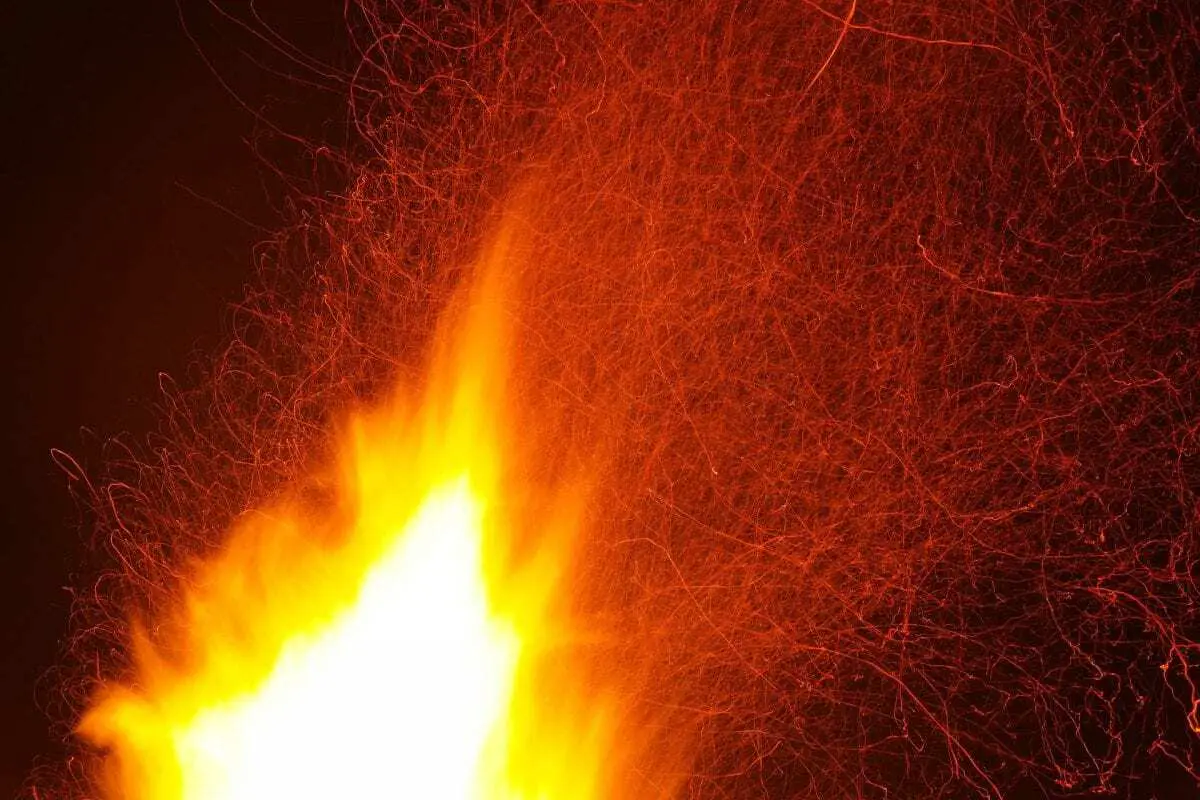Scientists seeking to bring the fusion that powers the sun and stars to Earth must deal with sawtooth instabilities — up-and-down swings in the central pressure and temperature of the plasma that fuels fusion reactions, similar to the serrated blades of a saw.
If these swings are large enough, they can lead to the sudden collapse of the entire discharge of the plasma. Such swings were first observed in 1974 and have so far eluded a widely accepted theory that explains experimental observations.
Consistent with observations
Researchers at the U.S. Department of Energy’s (DOE) Princeton Plasma Physics Laboratory (PPPL) have proposed a new theory to explain the swings that occur in doughnut-shaped tokamaks, or fusion facilities. The theory, created through high-fidelity computer simulations, appears consistent with observations made during tokamak experiments, the researchers said. Understanding the process could prove vital to next-generation fusion facilities such as ITER, the international experiment under construction in France to demonstrate the practicality of fusion power.
Fusion combines light elements in the form of plasma — the hot, charged state of matter composed of free electrons and atomic nuclei — that generates massive amounts of energy. Scientists seeking to replicate fusion on Earth intend to provide a virtually inexhaustible supply of safe and clean power to generate electricity.
The recent findings demonstrate that when the pressure in the core of the plasma reaches a certain point, other instabilities can be excited that produce the sudden pressure and temperature drops. These instabilities create jumbled — or stochastic — magnetic fields in the core of the plasma that cause the collapse, said physicist Stephen Jardin, lead author of a paper describing the process in Physics of Plasmas and highlighted in a featured American Institute of Physics publication called “SciLight.”
“Most tokamak discharges exhibit sawteeth,” Jardin said, “and we’re trying to provide the theory of the physics behind them.”
The new findings depart sharply from a long-held theory that causing the swings is an instability that leads to magnetic reconnection — the breaking apart and snapping together of the magnetic field lines in plasma. “That theory has been around for over 40 years,” Jardin said.
Motivating the new theory
Motivating the new theory is previous PPPL research that demonstrates how the instability that was thought to lead to magnetic reconnection can, in fact, self-stabilize the plasma. It does this by producing a localized voltage that prevents the current in the core of the plasma from peaking sufficiently to be subject to magnetic reconnection.
The new explanation holds that even though the magnetic reconnection is suppressed, an increase of heat in the core of the plasma can excite localized instabilities that act together to flatten the pressure and temperature during the sawtooth cycle. Simulations produced by codes developed by Jardin and PPPL physicist Nate Ferraro, a coauthor of the paper, demonstrate this process. The new instabilities can grow very fast, consistent with the rapid collapse of heat seen in experiments that the traditional theory cannot explain.
This advanced model provides a new way to understand sawtooth phenomena. Looking ahead, the scientists want to explore the applicability of the model to tasks such as describing the evolution of “monster sawteeth” and using high powered Radio Frequency antennas to control sawtooth swings. “We want to develop a simulation model of a whole tokamak plasma,” Jardin said, “and this new theory of the sawteeth is an important part of the effort.”
DOE/PRINCETON PLASMA PHYSICS LABORATORY







